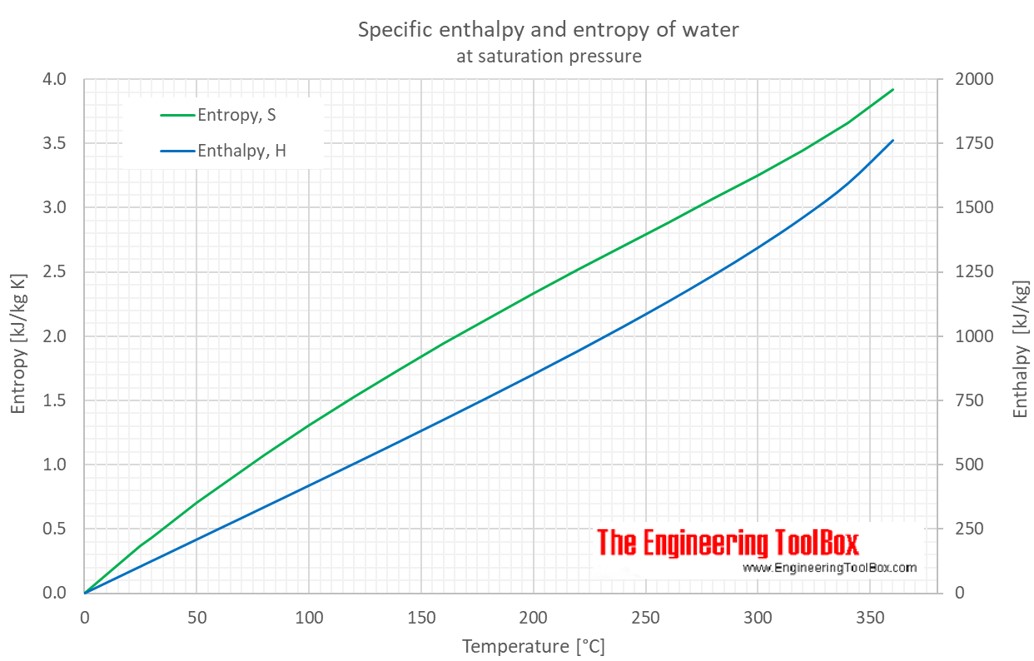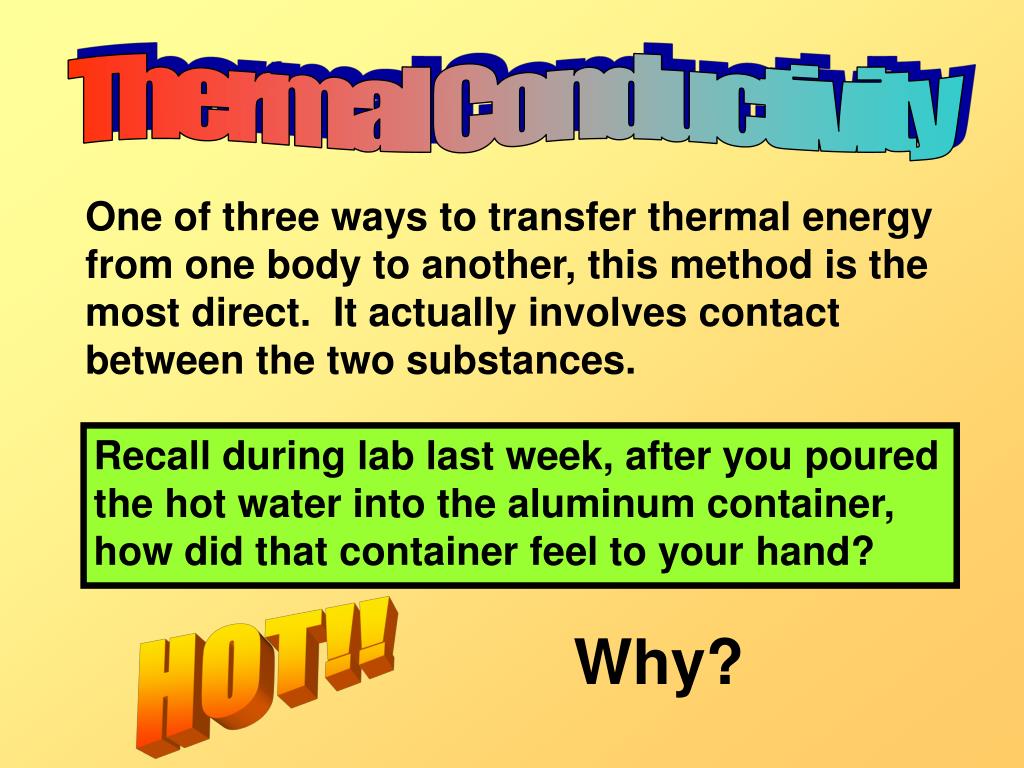

The third law was developed by the chemist Walther Nernst during the years 1906-1912. The third law of thermodynamics states that the entropy of a system approaches a constant value as the temperature approaches absolute zero.Įntropy is related to the number of possible microstates, and with only one microstate available at zero kelvin the entropy is exactly zero. The second law of thermodynamics states that the entropy of any isolated system always increases. The third law of thermodynamics has two important consequences: it defines the sign of the entropy of any substance at temperatures above absolute zero as positive, and it provides a fixed reference point that allows us to measure the absolute entropy of any substance at any temperature. The molecules within the steam move randomly. An example that states the third law of thermodynamics is vapours of water are the gaseous forms of water at high temperature. Third law of thermodynamics statement states that the entropy of a pure crystal at absolute zero is zero. The third law of thermodynamics states that the entropy of a system approaches a constant value as the temperature approaches absolute zero. The alignment of a perfect crystal leaves no ambiguity as to the location and orientation of each part of the crystal. In simple terms, the third law states that the entropy of a perfect crystal of a pure substance approaches zero as the temperature approaches zero. Absolute entropy of a substance can never be negative.

The specific heats of ice and water are cI 2.10×103 J/ (kgC) and cW 4.19×103 J/ (kgC), respectively, and the latent heat of fusion for. You add ice at TI -19C to the container and the mix reaches a final, equilibrium temperature of Tf 33C. = 0 for a perfectly ordered crystalline state.Ĭrystals with defects (imperfection) at absolute zero, have entropy greater than zero. Initially you have mW 4.6 kg of water at TW 74C in an insulated container. Otherwise it can be stated as it is impossible to lower the temperature of an object to absolute zero in a finite number of steps.

Thus the third law of thermodynamics states that the entropy of pure crystalline substance at absolute zero is zero. Play video Example of FluidEES for Engineering Equation Solver® >įor more information visit the website For purchasing information click here.At absolute zero, theoretically all modes of motion stop.Ībsolute zero is a temperature that an object can get arbitrarily close to but absolute zero will remain unattainable. Play video Example of FluidEXL for Excel® > Play video Example of FluidLAB for MATLAB® > Play video Example of FluidMAT for Mathcad® >


 0 kommentar(er)
0 kommentar(er)
